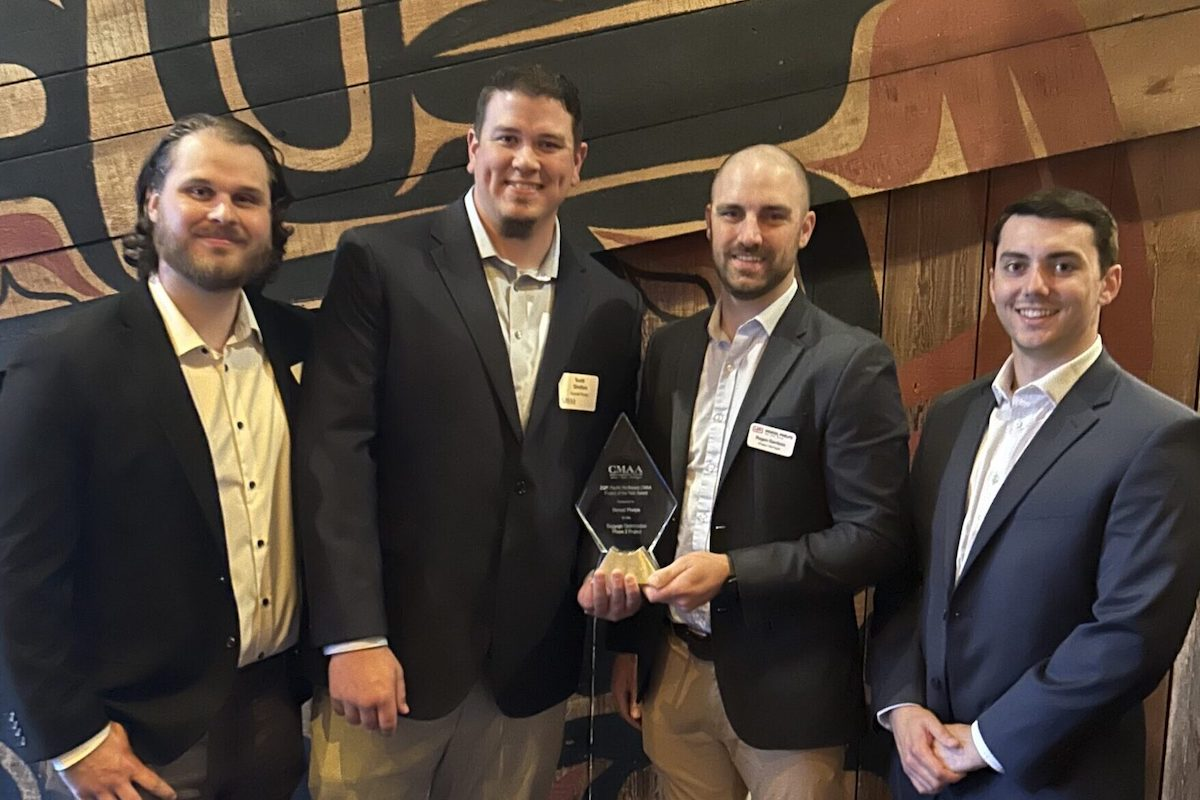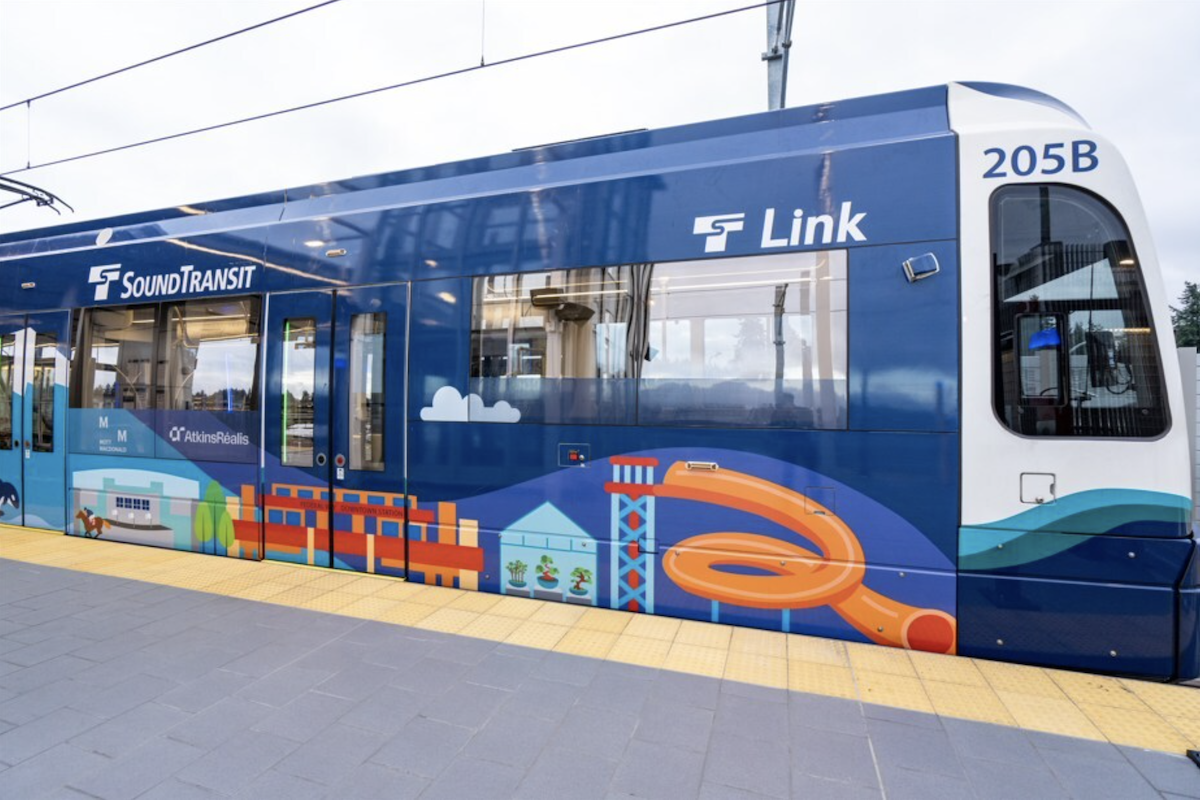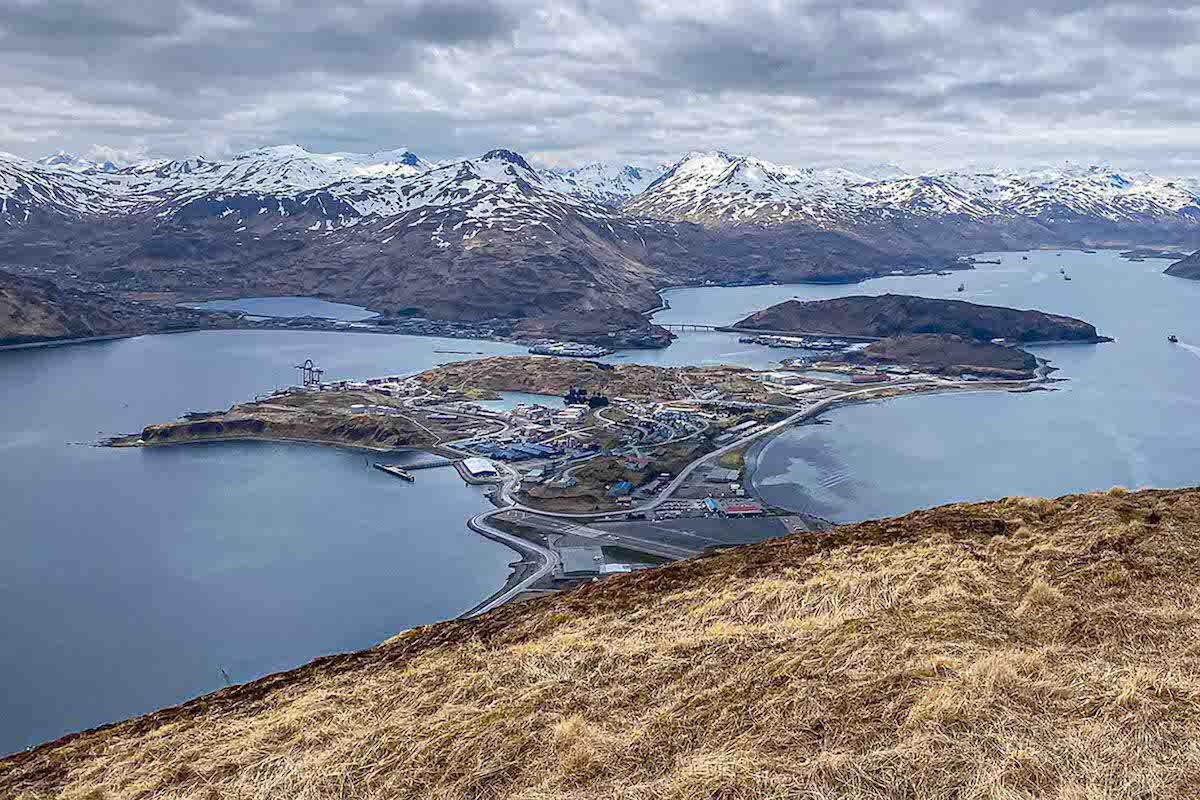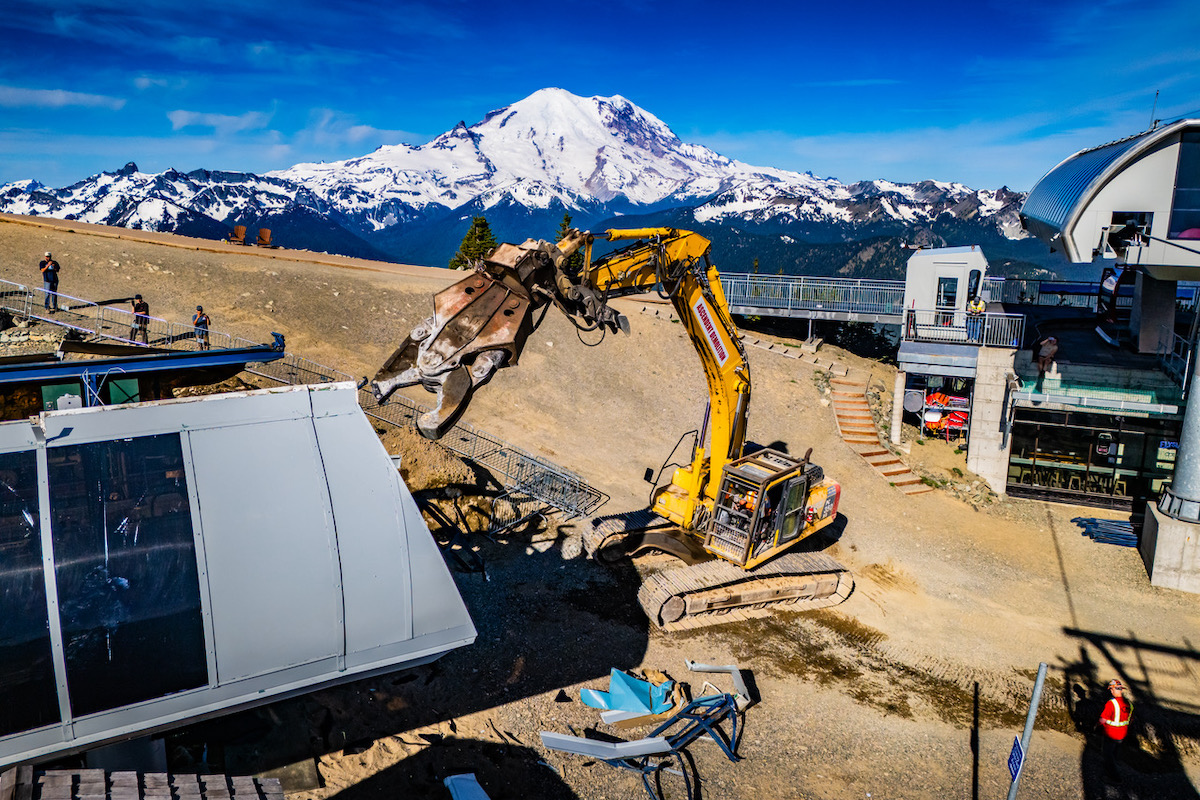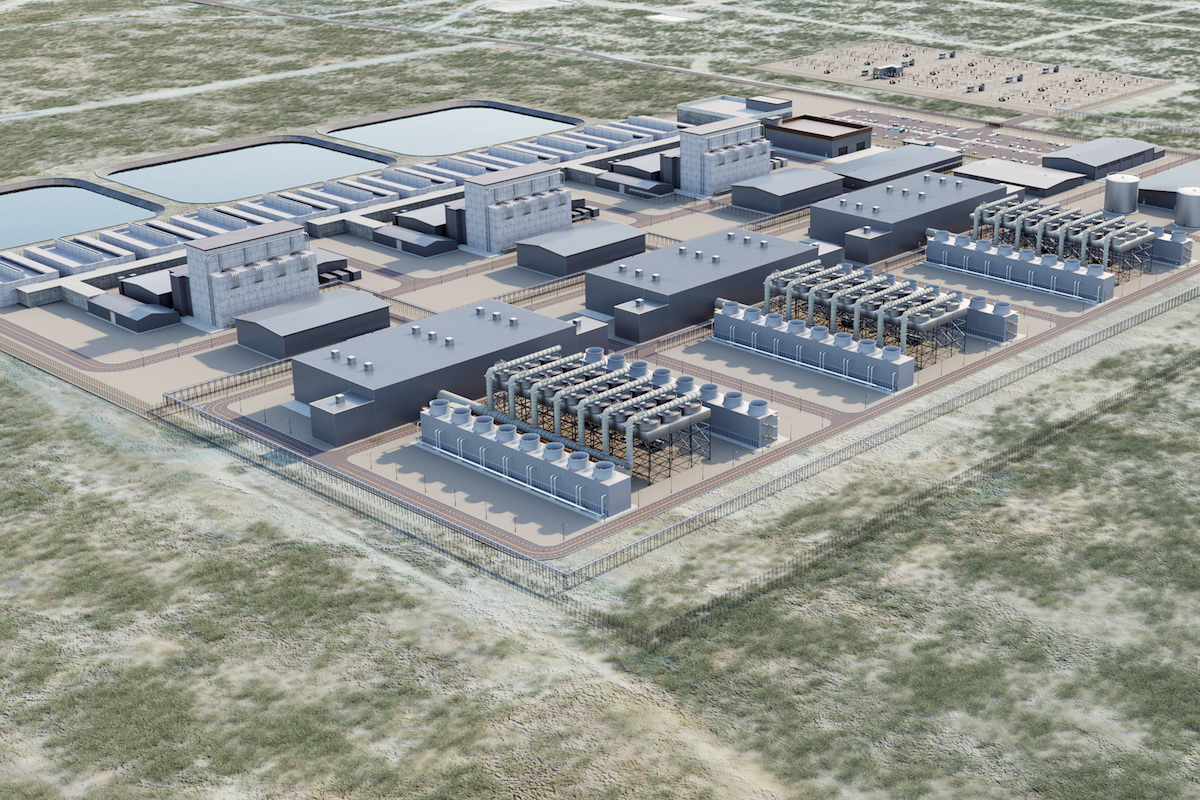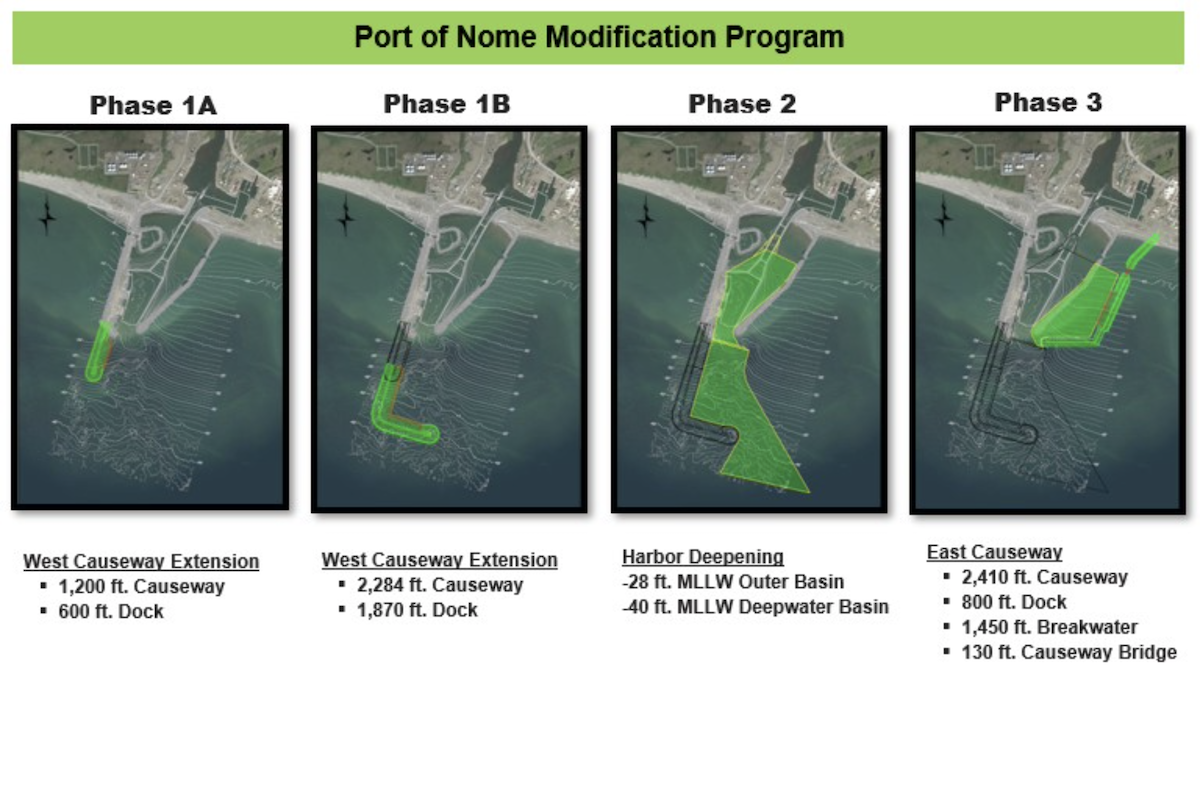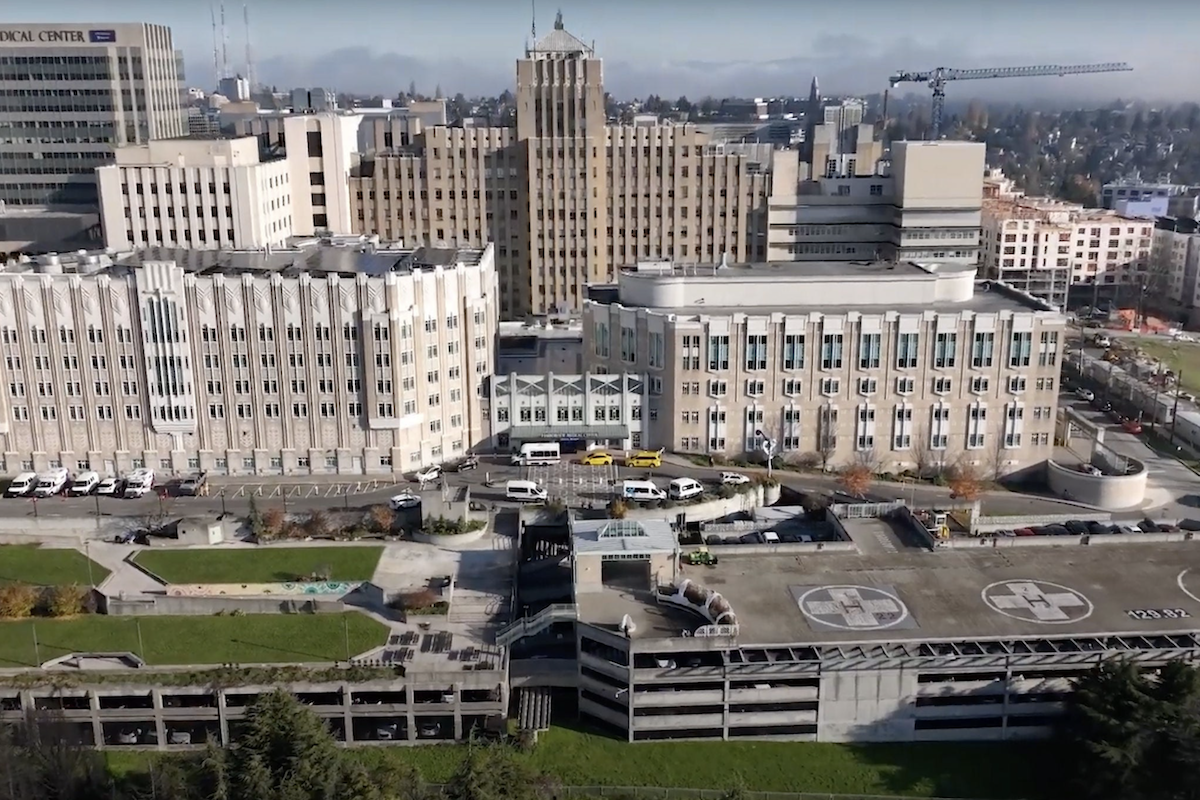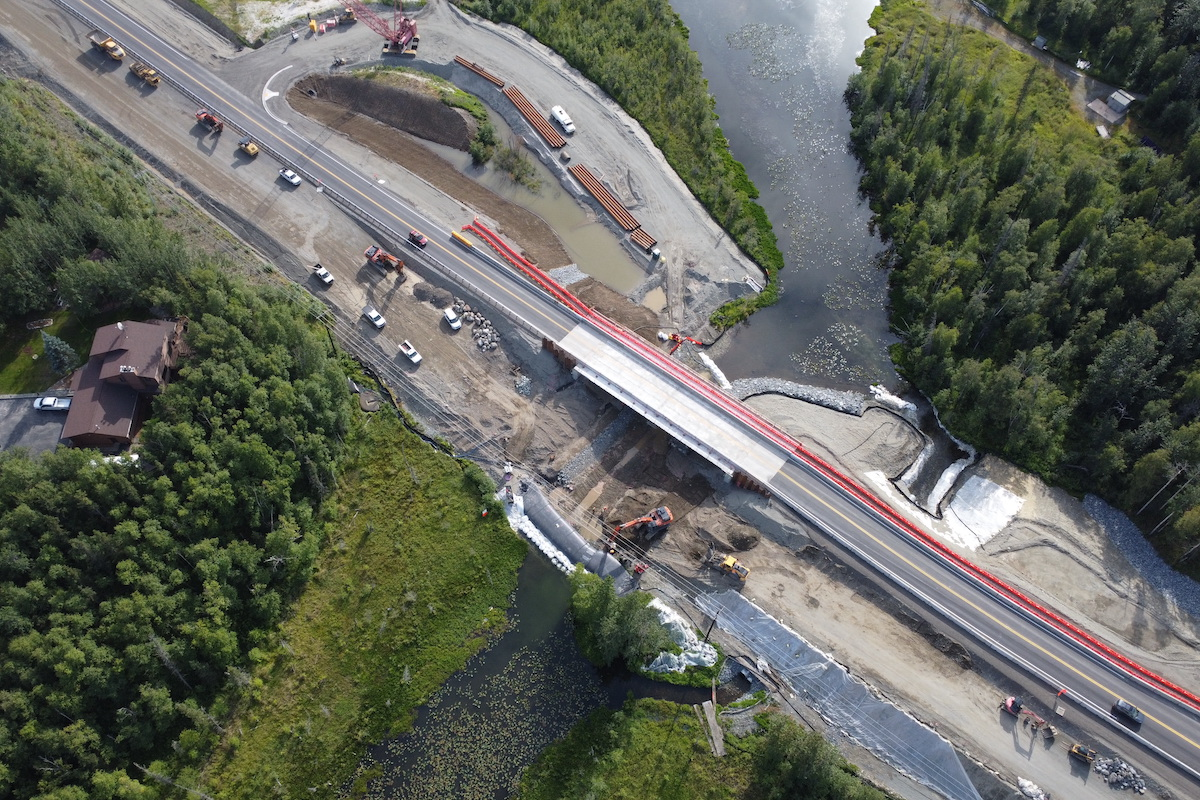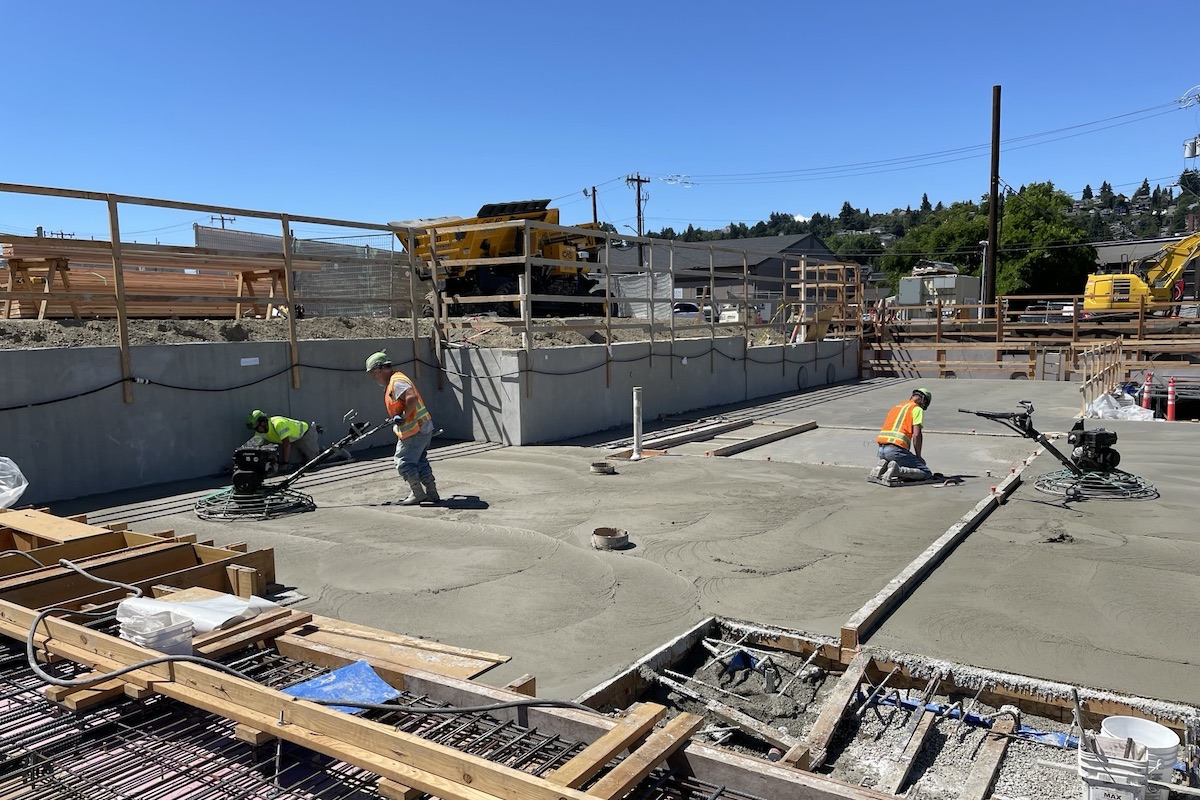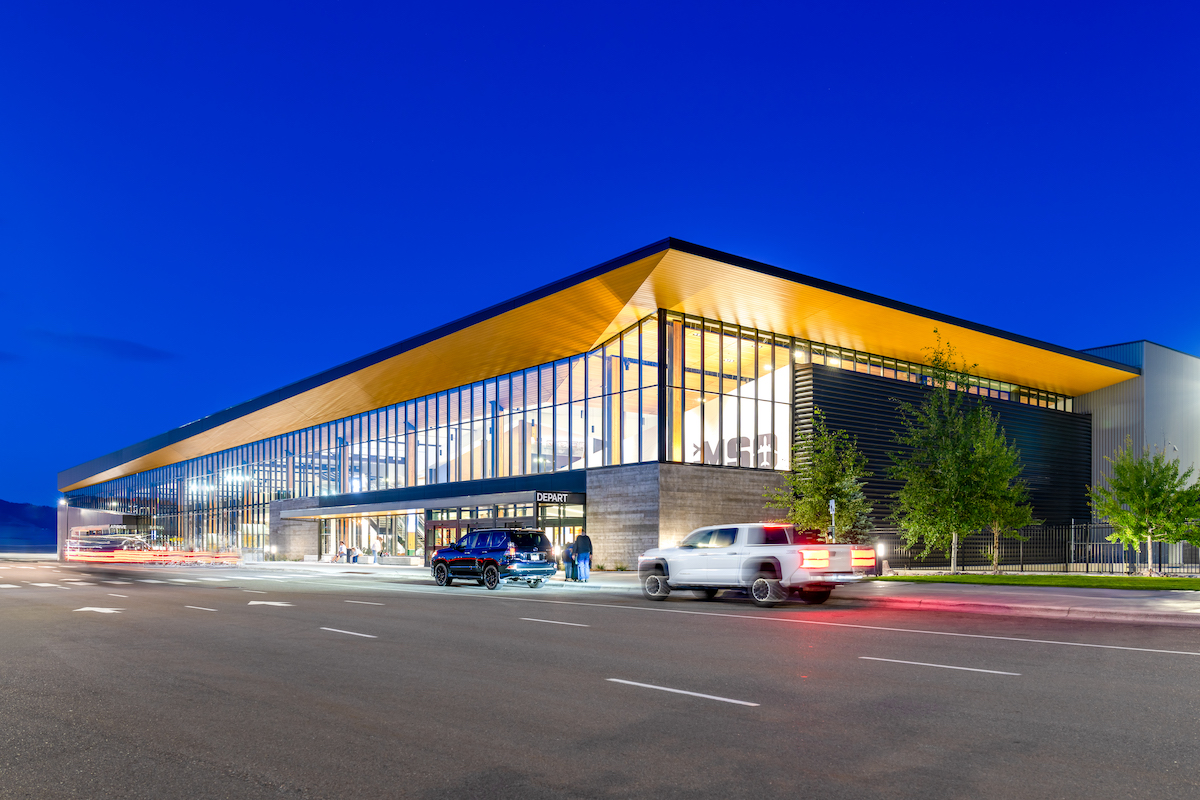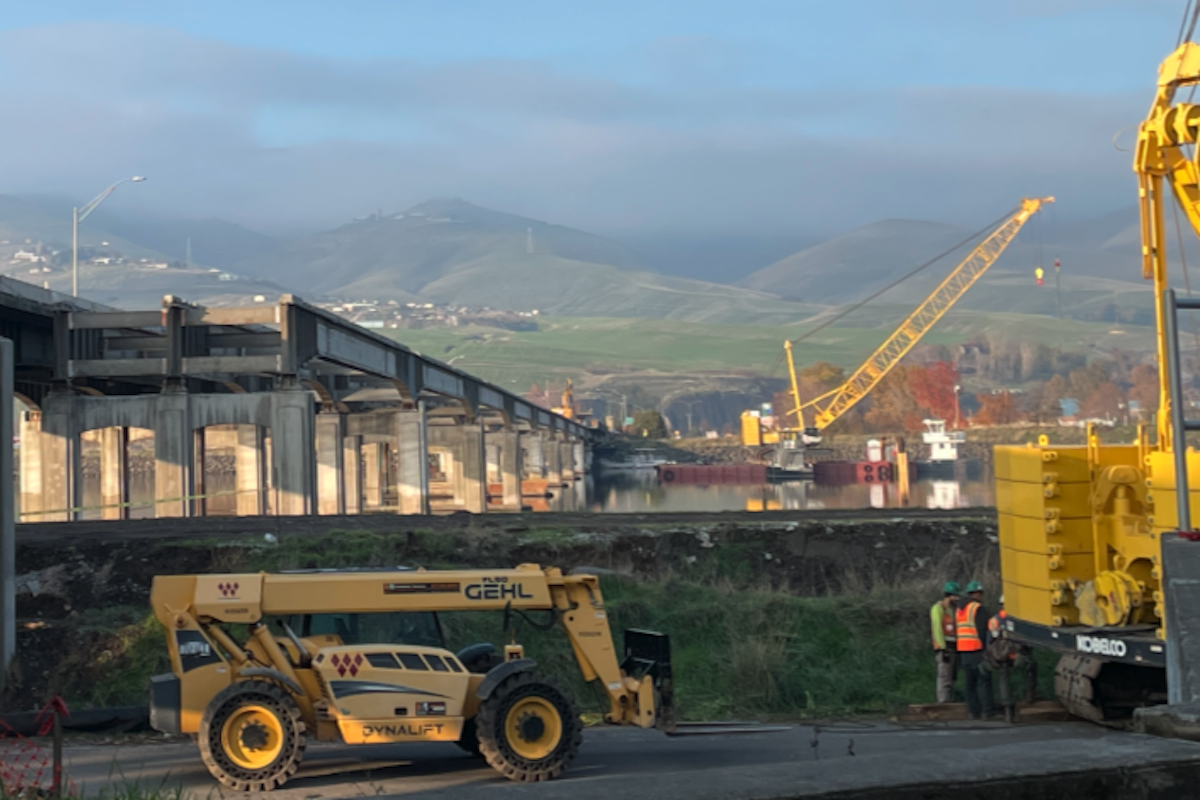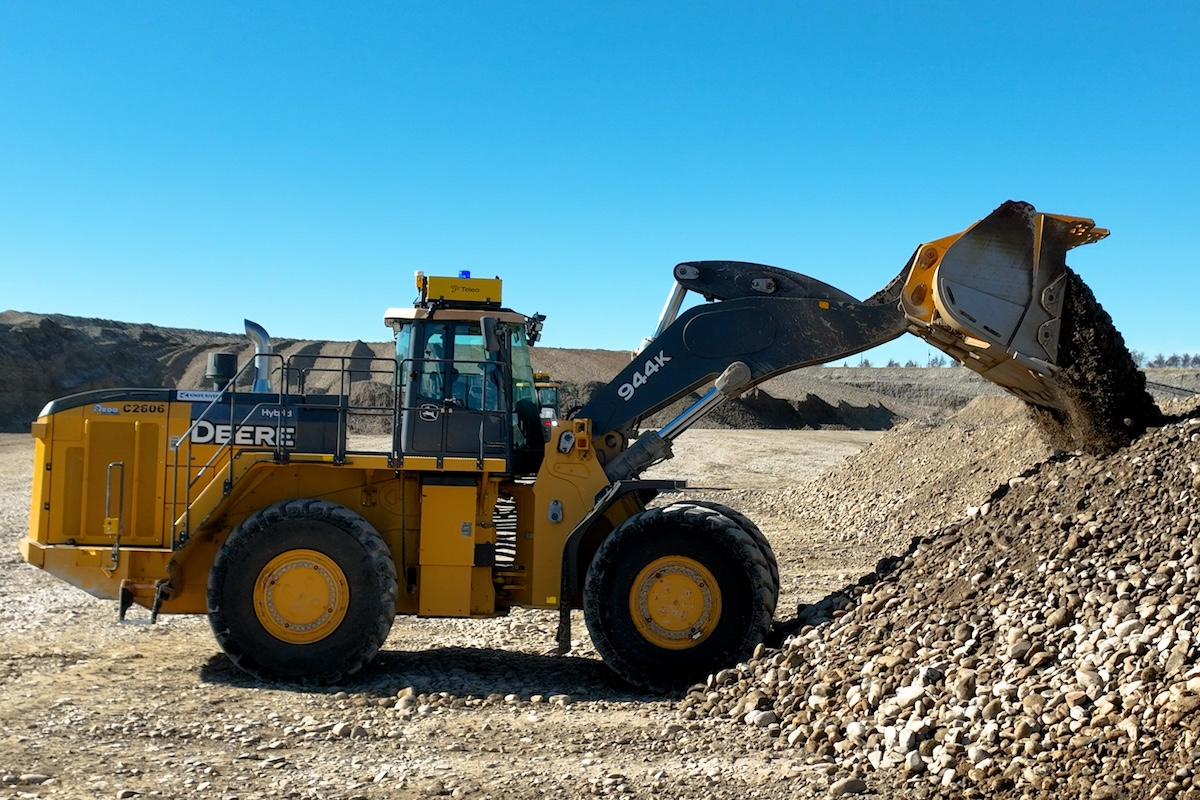Locally known as “Malfunction Junction,” users of the I-20/26/126 corridor regularly experience unacceptable service during the morning and evening peak travel periods. The state has been aware of the trouble and sees it as the top interstate pinch point. It has been an issue for some time. In the late 1980s, the state purchased the right of way around the project area, but never could finish construction due to the lack of funding.
That changed in 2017. The South Carolina legislature passed a bill that nearly doubled state funding for infrastructure projects. This led to the implementation of a 10-year plan with four focuses. Among the projects that are part of the plan are the three main freight pinch points in the state.
Other factors make addressing the I-20/26/126 corridor even more necessary. The last census put South Carolina as the 10th fastest growing state in the nation. Plus, the Port of Charleston – two hours southeast of the project area – is undergoing a significant expansion. Upon completion, it will have the deepest harbor on the East Coast. Expansion of the Port will lead to more traffic on the corridor.
Nearly all state roads go through these interstates. Currently, the average daily traffic count along the corridor is 134,000 vehicles and 15 percent is truck traffic. Other corridor users include commuters, vacationers, and the general community.

| Your local Somero dealer |
|---|
| American Construction Supply |
“We’re dealing with significant in-state growth and freight growth,” says Justin Powell, Chief of Staff of the SCDOT. “The new funding allowed us to put this sorely needed project forward.”
Another benefit of the project is safety. The area has double the accident rate as similar facilities in the state, according to Klauk.
Currently, there are multiple weaving movements near the I-20/I-26 interchange, which require abrupt driving maneuvers and long periods of congestion leading to higher crash rates. The new design prioritizes driver safety as the need to cross three lanes of traffic in a half-mile distance to connect to the next interstate is being removed. This is because cloverleaf loops are being replaced with a modern interchange, making it easier for drivers to change interstate highways.
The team is adding traffic lanes in each direction of I-26, creating 12-foot inside shoulders for emergency vehicles, and longer separated exits.
The team is in the middle of construction of the first two phases of the project. Phase one is focused on the re-design and construction of a new interchange on I-126. It’s going from a half interchange to a full interchange. Other improvements on I-26 and I-126 include relocating another interchange, which sets up phase three – the largest phase.

| Your local Bobcat dealer |
|---|
| Pape Material Handling |
In phase two, an interchange on I-20 is being updated to create better traffic flow to the interstate and lengthen I-20 westbound's access to I-26 westbound. On I-20, there are currently three lanes in each direction. Upon completion, there will be a fourth lane and a collector-distributor lane across a 2-mile stretch. “Currently, there are loops back-to-back, and with the new layout, we are going to untangle the knot,” says Klauk.
Ultimately, they decided to break the project up into phases. The new phased plan helps get competitive contractor bids and gives South Carolina the best value. Phased construction also allows the traveling public to enjoy incremental improvements throughout the duration of the project.
“We want to be a state of choice for contractors and value the relationships we have,” Powell says. “We have some big projects on the horizon, and we want contractors to want to come here and work on our projects.”
Ultimately, the same general contractor won phase one and phase two – Archer-United. It’s a joint venture between Archer Western Construction, LLC and United Infrastructure Group, Inc. and lead design firm, Infrastructure Consulting & Engineering.
The team that won is active in the area on another project. “We’ve been very pleased working with SCDOT and feel we have made an effective team,” says Billy Hardwick, Project Manager from the construction team with AUJV. “We like design-build contracts because it lets us be in charge of our own work.”

| Your local Gomaco dealer |
|---|
| American Construction Supply |
Hardwick notes the team has run into a couple of challenges. They have discovered more rock than they anticipated on I-26. “We thought we would be able to blast it, but instead we have to bust it up with breakers.” The corridor for construction is small as there is a railroad and apartment building next to the project area. There’s also a historic canal that the team needs to avoid.
A related challenge is limited access to the site. Only one road provides access to the site. So, getting equipment and crew to the site requires lots of coordination. In phase two, a significant amount of utilities need to be moved.
Currently, both phases are on budget. “We’ve been able to work with the contractor on cost savings initiated early on, which decreased contract price, and allowed us to do some program wide enhancements,” Klauk says.
Construction work on phase one began in June 2022 and is scheduled to be complete in October 2024. Hardwick expects the team to meet or beat the schedule. Phase two began in September 2022 and is expected to be complete in February 2025. Both phases are currently on schedule. The entire program is expected to finish up in 2029.
When the entire program is complete, SCDOT is confident the area will earn the new nickname of Carolina Crossroads. Commuters will be able to get where they are going safely and easily. The state’s arteries of commerce will be flowing.

| Your local Volvo Construction Equipment dealer |
|---|
| PacWest Machinery |


















